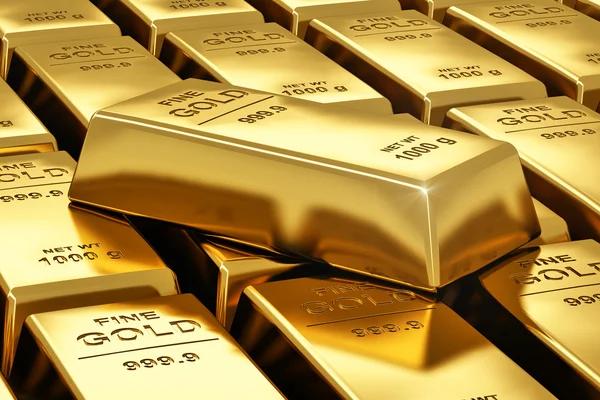World central banks in March, according to preliminary estimates from the World Gold Council (WGC), increased the volume of gold in their gold and foreign exchange reserves by 15.7 tons: purchases of 40.4 tons more than compensated for sales of 24.7 tons.
< p>
►Subscribe to the Ministry of Finance page on Facebook: main financial news
Who sold gold
The largest seller was Uzbekistan – 10.9 tons. Thailand significantly reduced its reserves by 9.6 tons, but this is due to the transition to a different gold reporting format. Jordan is also among the main sellers – 3.7 tons.
Who bought gold
The largest buyers were Turkey (14.1 tons), India (5.1 tons), China (5 tons), Kazakhstan, Singapore (4.5 tons each) and Russia (3.1 tons).
Read: The Central Bank of Mongolia has bought more than 4 tons of gold since the beginning year
Also in January-March, the State Oil Fund of Azerbaijan (SOFAZ) increased its gold reserves by 3 tons. This is not taken into account in the overall statistics, since it represents a quarterly figure, but is notable: it is the only sovereign fund that has reported gold purchases since the beginning of the year, WGC analyst Krishan Gopaul notes in his review.
The cost of gold
The Ministry of Finance wrote that in April of this year, gold for the first time in history exceeded $2,400 per ounce.
This attracted everyone's attention and China , which is the world's largest producer and buyer of gold.
Later, at the end of April, gold prices fell below $2,300. At the time of writing the news, May 2, gold is trading at $2,305.
Recall
World central banks in February, according to preliminary estimates of the World Gold Council (WGC), purchased 19.1 tons of gold for gold and foreign exchange reserves. This is 2.4 times less than the updated January results (45.4 tons), and yet the increase has continued for 9 months in a row.

